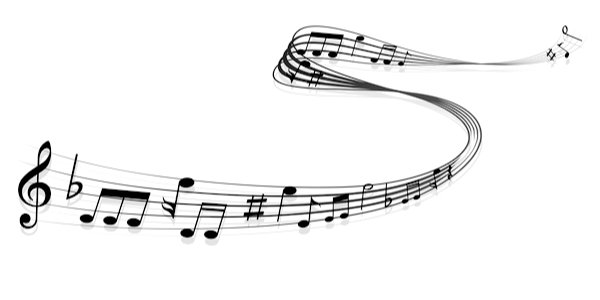THIS is a 13th century hymn Christian hymn describing the vigil kept by the Virgin Mary at the foot of the cross on which her son Jesus is slowly dying in agony; an ordeal which is unbearable to imagine.
The title comes from the first line ‘Stabat mater dolorosa’, ‘The sorrowful mother was standing . . .’ It has been attributed to several writers, the most likely of whom is believed to be the Franciscan friar Jacopone da Todi (1230-1306).
There are 20 verses, and you can read the Latin original here beside the most familiar translation by Edward Caswall (1814-1878), an Anglican clergyman who converted to Roman Catholicism. As well as making a number of translations from Latin hymns, Caswall wrote the words for the carol See Amid the Winter Snow.
Stabat Mater has inspired numerous composers to set it to music, including Palestrina, Vivaldi, Haydn, Schubert (twice), Rossini, Liszt, Dvorak and Verdi. One of the best-known versions is by Giovanni Battista Pergolesi (1710-1736). He wrote it shortly before his death from tuberculosis at the tragically early age of 26. It was an immediate success and quickly became the most frequently printed musical work in the 18th century.
This performance is by the San Francisco early music ensemble, Voices of Music. https://www.voicesofmusic.org/
In response to a comment by ‘Ravenscar’ on an earlier post in this series, here is Palestrina’s version.
Giovanni Pierluigi da Palestrina (1525 or 1526-1594) wrote this for Pope Gregory XIV in around 1590, towards the end of his life, and was almost his last composition that could be given a date. It was instantly recognised as a masterpiece and by the seventeenth century it was traditionally sung in the Sistine Chapel on Palm Sunday.
If you appreciated this article, perhaps you might consider making a donation to The Conservative Woman. Unlike most other websites, we receive no independent funding. Our editors are unpaid and work entirely voluntarily as do the majority of our contributors but there are inevitable costs associated with running a website. We depend on our readers to help us, either with regular or one-off payments. You can donate here. Thank you.
If you have not already signed up to a daily email alert of new articles please do so. It is here and free! Thank you.











